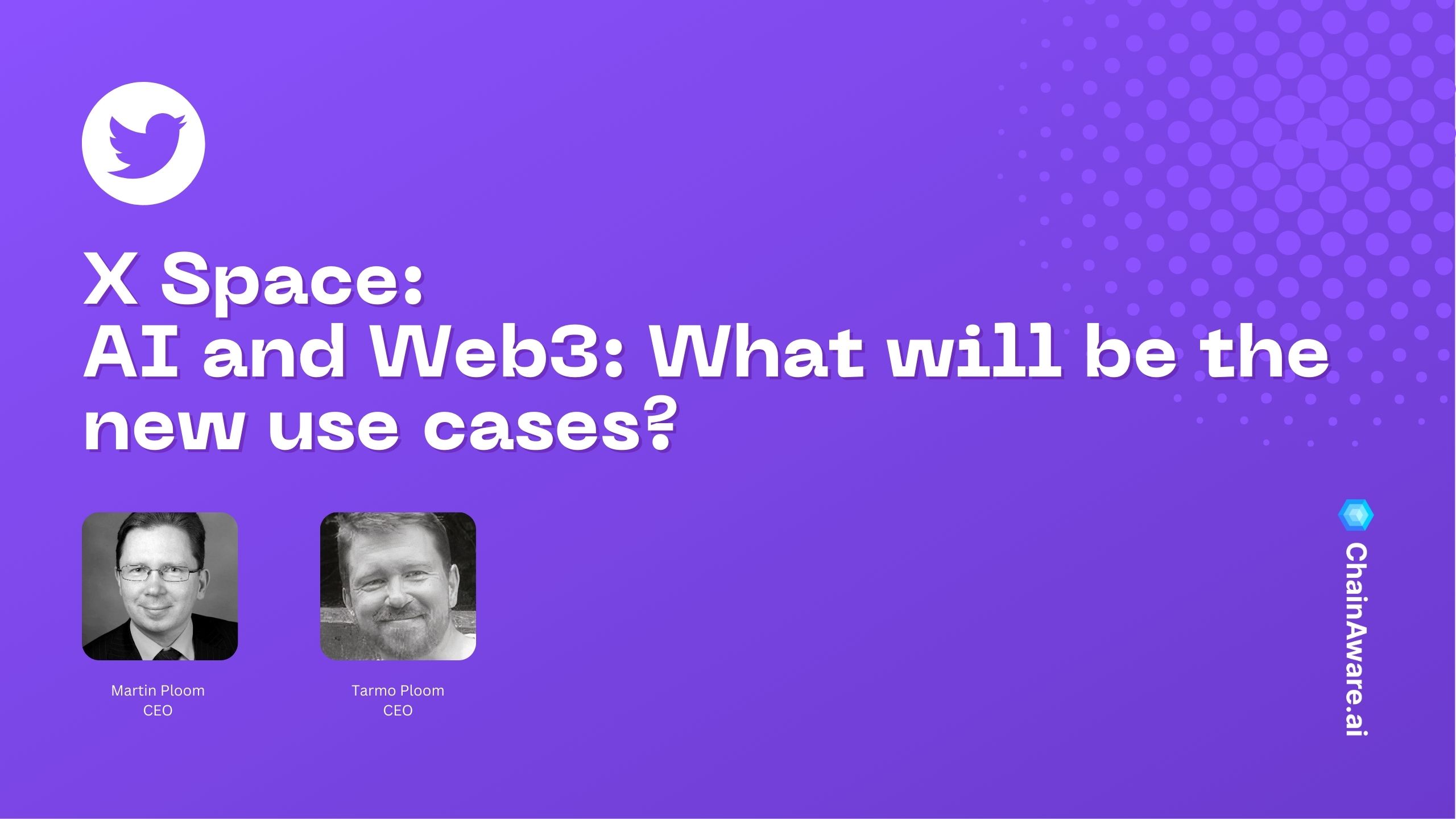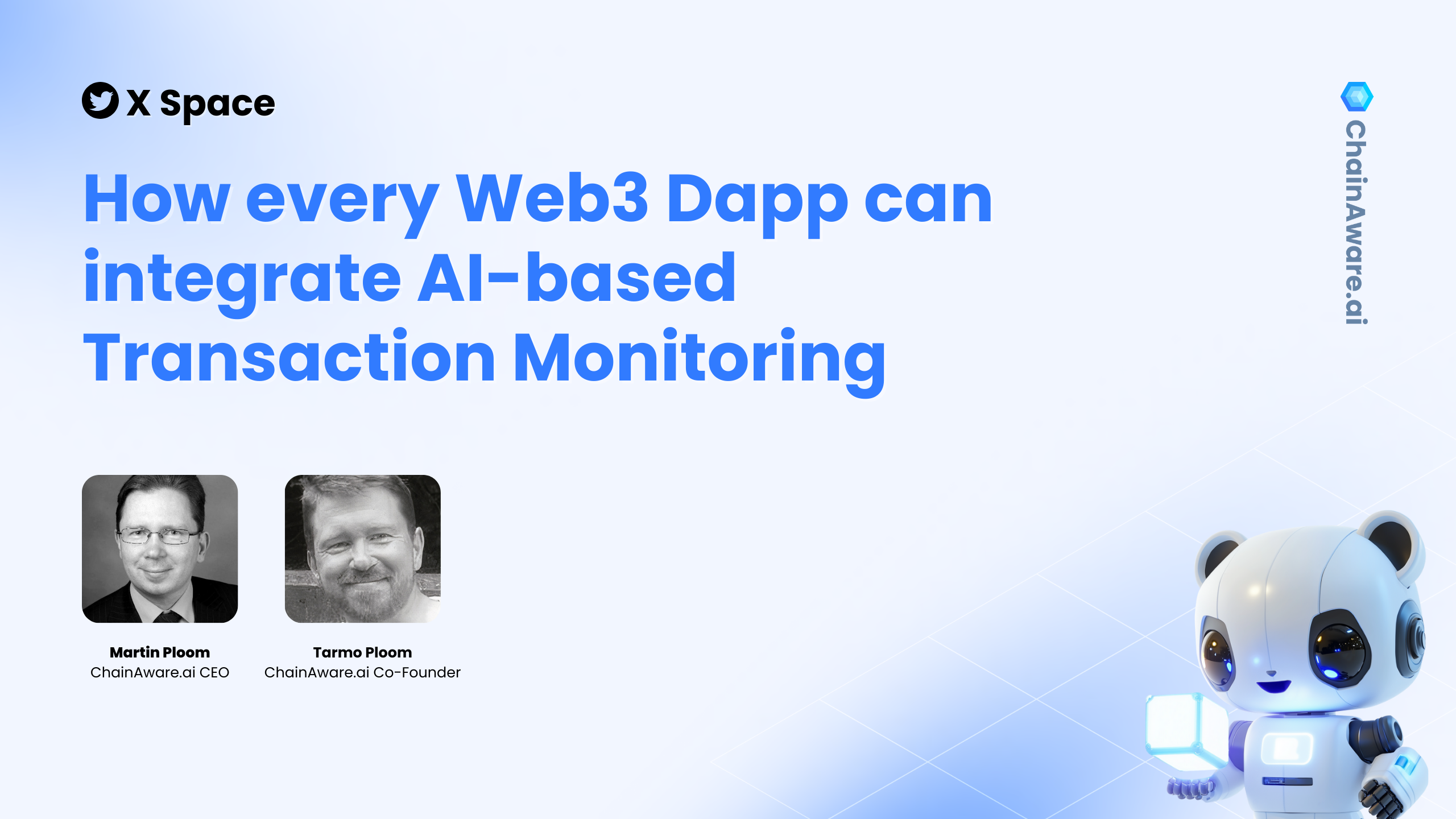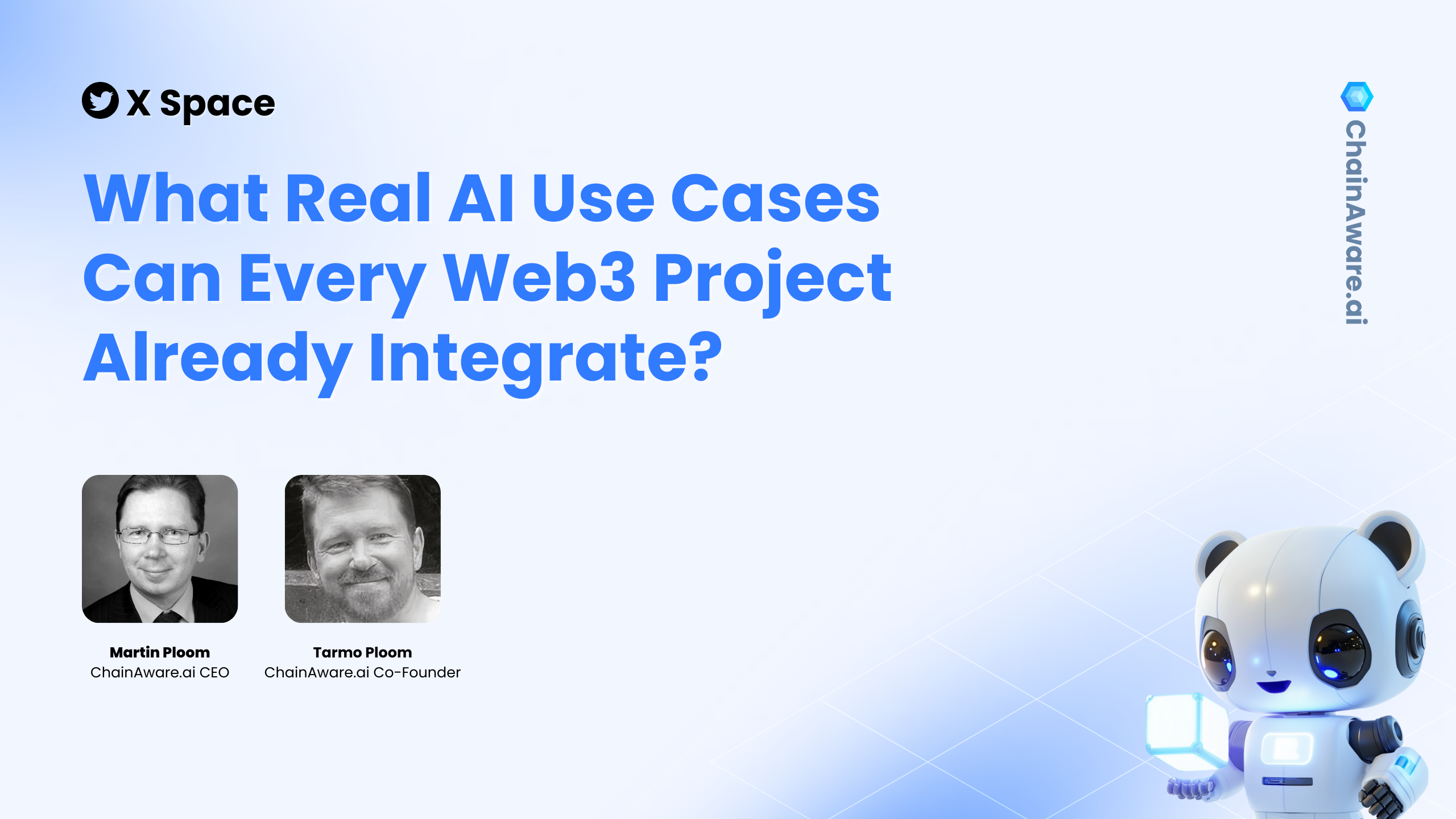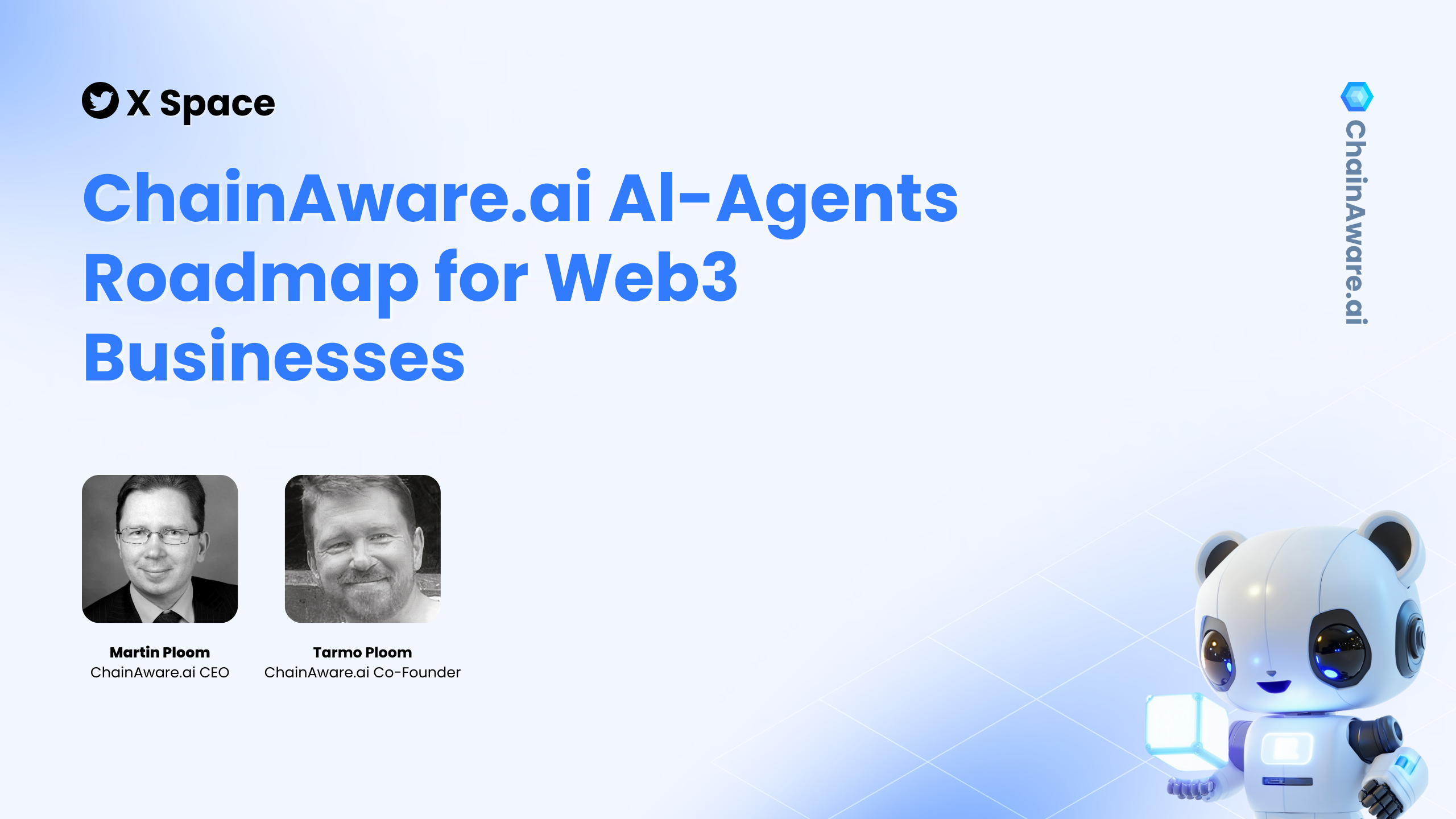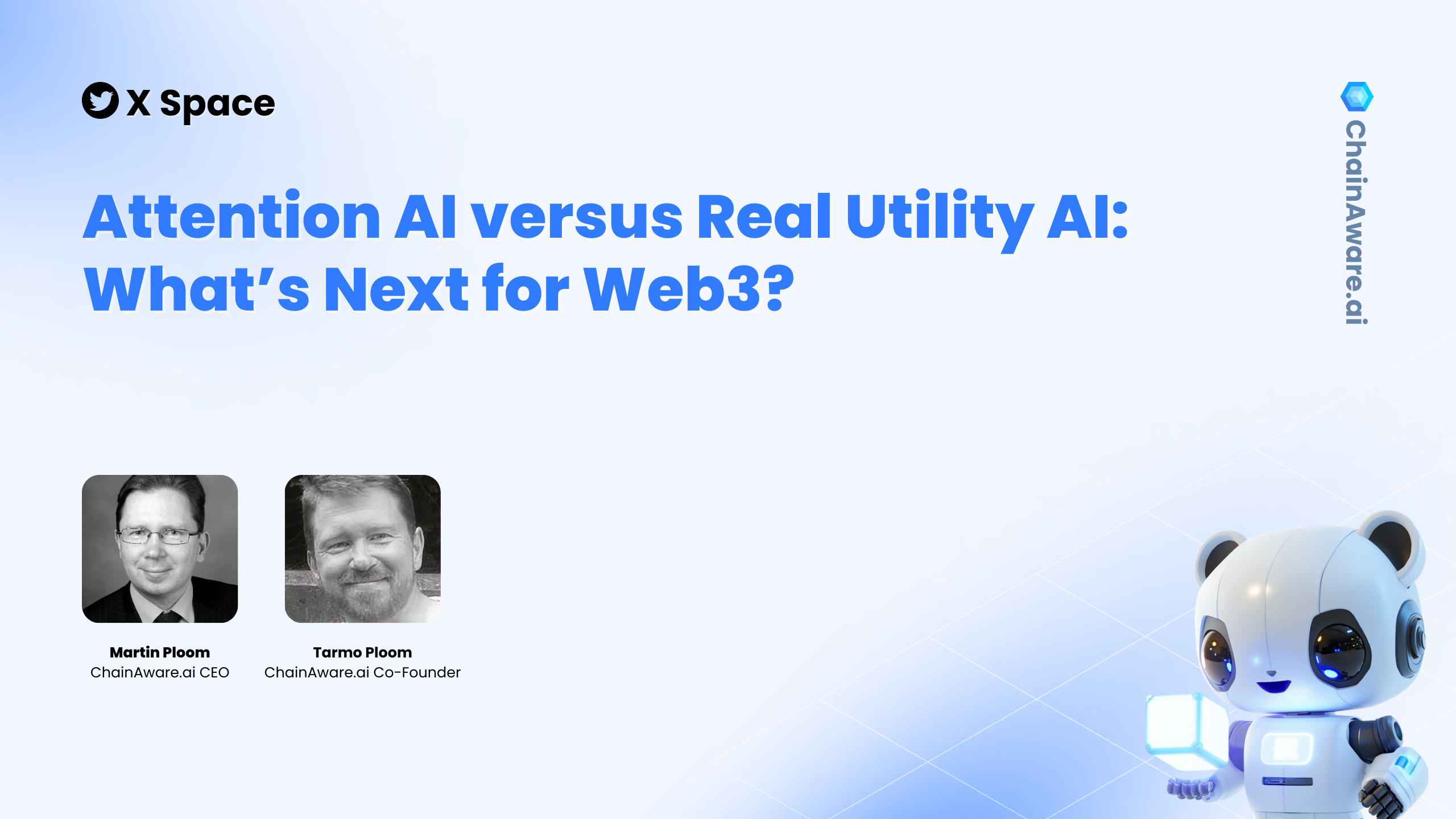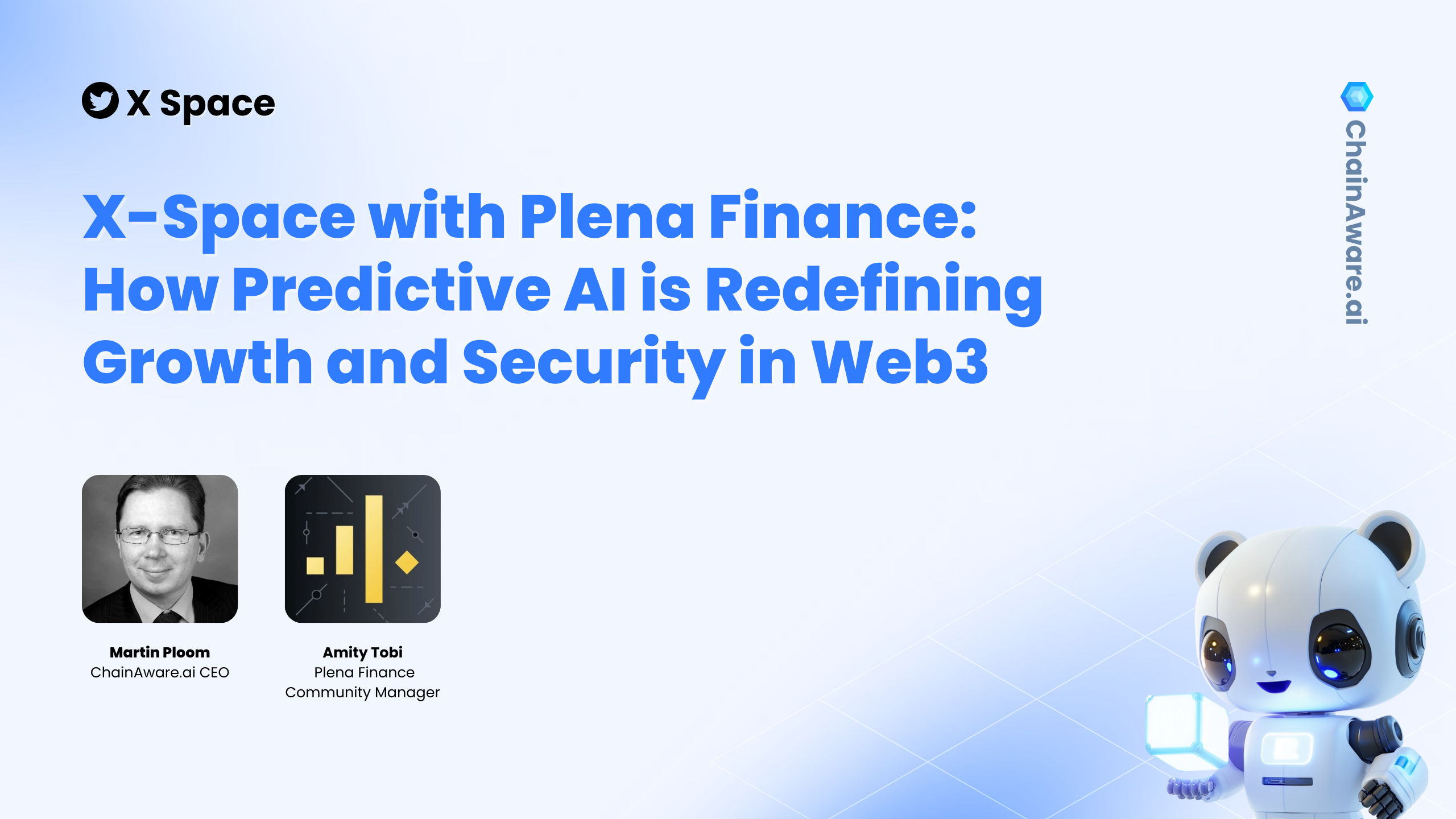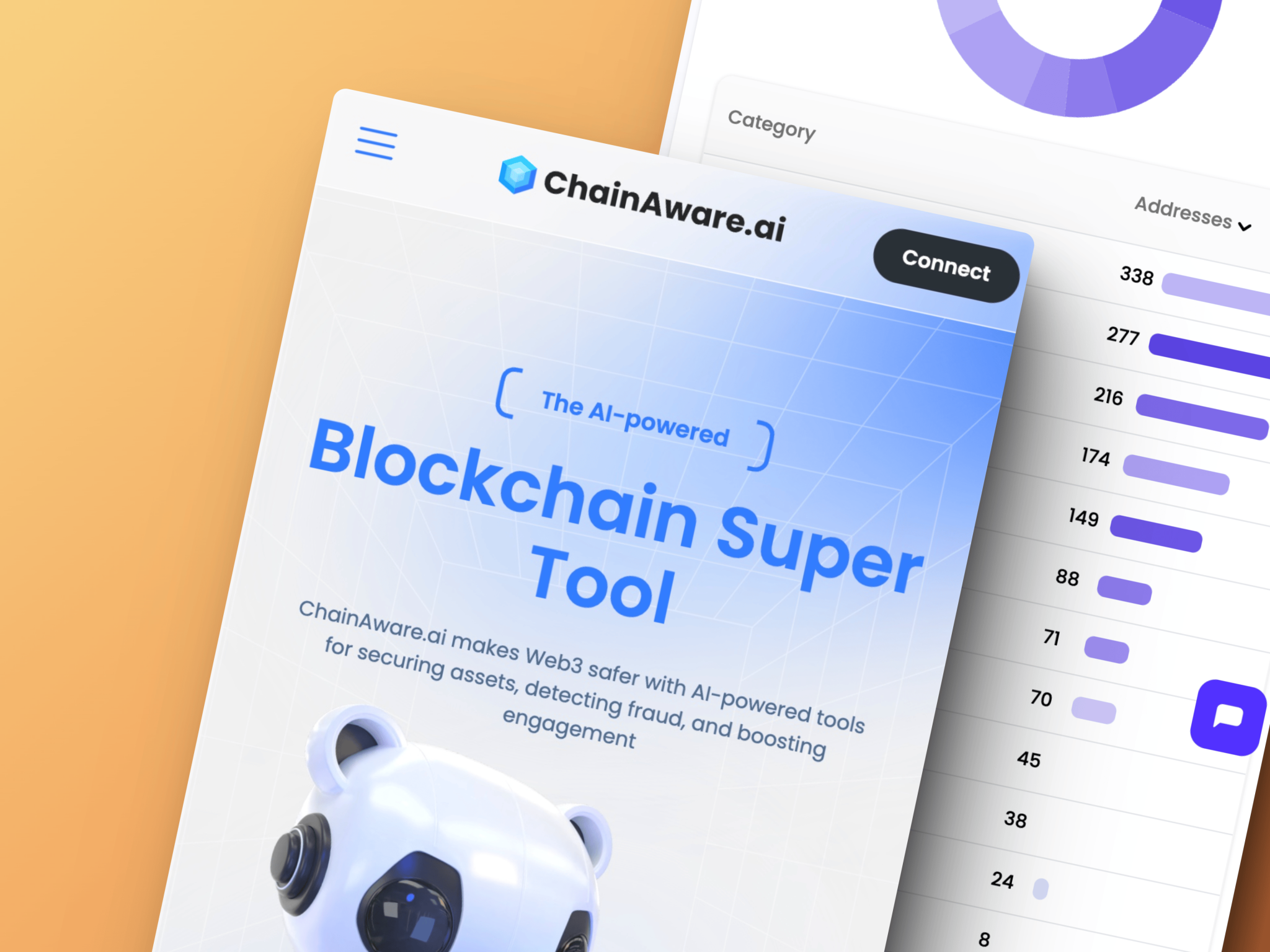Watch the full video: https://www.youtube.com/watch?v=rjKZFn-e0ww
1. Introduction to the Topic
The discussion focuses on exploring potential new use cases of AI in Web3, particularly how AI can enhance existing blockchain technologies. The speakers, Martin and Tarmo, co-founders of SmartCredit and ChainAware.ai, bring their extensive experience in AI, blockchain, and finance to the conversation. The session is structured as an open-ended dialogue aimed at identifying innovative applications of AI in Web3.
2. What is Real AI?
The speakers highlight the importance of distinguishing between “real AI” and simple AI usage. Real AI involves creating and training models, whereas many blockchain projects only use existing AI models, providing no competitive advantage. True innovation in AI requires building unique models, which is a complex, iterative process involving data collection, training, testing, and validation.
3. Challenges and Misconceptions in Web3 AI
Many blockchain projects need to understand the role of AI, mistaking the use of existing models as innovation. These projects are often temporary and fail to offer sustainable value because they don’t generate unique AI models. Building AI models requires time, resources, and expertise, making integrating real AI effectively challenging for many DeFi projects.
4. AI Use Case 1: Fraud Detection
One of the primary AI use cases in Web3 is fraud detection. AI models can analyze blockchain data to identify fraudulent transactions or addresses before a transaction occurs, which enhances user security. Using AI for real-time fraud detection is crucial in reducing risks for users in DeFi and blockchain applications.
5. AI Use Case 2: Rug Pull Detection
AI can also predict rug pulls in DeFi by analyzing patterns in liquidity pools. For example, AI can examine PancakeSwap pools and predict which ones will likely result in rug pulls. This is especially useful for protecting new users who may be unaware of the risks in DeFi. Early detection of rug pulls can prevent significant losses.
6. AI Use Case 3: Adaptive Applications
AI can transform Web3 by enabling adaptive applications. Unlike static applications, adaptive apps modify their user interface based on the user’s behavior and intentions. This personalization can increase conversion rates, making it more likely that users will engage with a platform. Web2 is already moving toward adaptive applications, while Web3 is lagging behind.
7. AI Use Case 4: Intention-Based Marketing
In Web3, AI can be used for intention-based marketing by predicting user behavior and targeting users with personalized messages. This approach can drastically reduce customer acquisition costs, a major issue for many Web3 companies. By tailoring marketing messages to individual user intentions, platforms can improve their conversion rates and become more profitable.
8. AI Use Case 5: Credit Scoring and Under-collateralized Lending
AI models can be used to calculate credit scores for users in DeFi. Although most DeFi lending is over-collateralized, the future may bring under-collateralized lending, which would require accurate credit scoring. AI-driven credit scoring models could predict a borrower’s risk profile, enabling more flexible lending options in DeFi.
9. AI Use Case 6: Trading and Signal Generation
AI is already being used in traditional finance for trading and signal generation. In Web3, AI can help predict market trends and generate automated trading signals, enabling more informed decision-making. AI can also assist in rebalancing portfolios by predicting optimal times to buy or sell assets, adding efficiency to trading strategies.
10. AI Use Case 7: Smart Contract Review
Smart contract auditing is a vital part of blockchain security. AI can automate the review process, making smart contracts more secure and reducing the cost and time required for audits. This application could disrupt the traditional business model of smart contract auditors by providing faster, more reliable audits through AI models.
11. The Power of Blockchain Data for AI
Blockchain data holds enormous value due to its transparency and proof-of-work nature. Unlike social media data, blockchain data provides higher predictive power because it involves real financial transactions. This makes it an excellent resource for AI models, which can use this data to predict user intentions, behaviors, and risks.
12. Monetizing Blockchain Data with AI
AI can mine blockchain data and monetize it through various use cases, such as fraud detection, credit scoring, and personalized marketing. The speakers estimate that the value of blockchain data could reach $300 billion, providing a lucrative opportunity for companies that can effectively analyze and utilize this data. ChainAware.ai is positioned to capitalize on this by building AI models that extract value from blockchain data.
13. Generative AI vs. Predictive AI in Blockchain
There is a clear distinction between generative AI and predictive AI. While generative AI creates content (e.g., images or videos), predictive AI forecasts future events based on data analysis. In the blockchain space, predictive AI is more relevant, as it can predict user behavior, fraud, and market trends. Many current blockchain projects focus on generative AI, but the true value lies in predictive AI.
14. Conclusion: Future of AI and Web3
AI will play a critical role in the future of Web3 by enabling more secure, personalized, and adaptive platforms. The potential use cases, from fraud detection to adaptive applications, demonstrate that AI can unlock significant value in Web3. As AI continues to evolve, it will become a key driver of growth and innovation in the blockchain ecosystem, helping companies become more profitable and enhancing the user experience.
